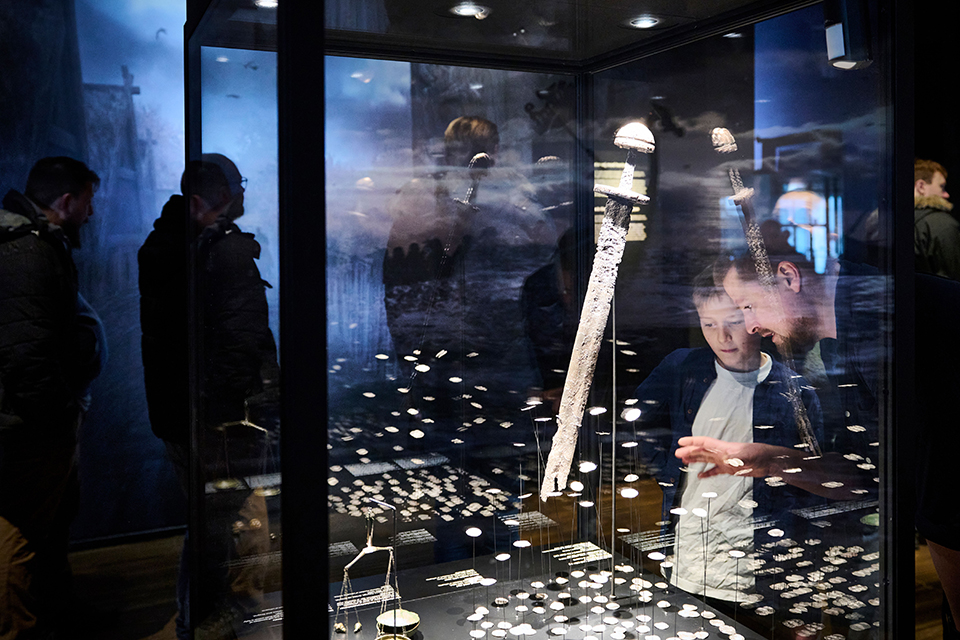Spectacular exhibition showcasing the history of Medieval Ukraine, the Kyivan Rus’, is currently on show in Århus, Denmark
Moesgaard Museum recently opened its doors to a special exhibition about the Rus Vikings. Since 1989, the opening up of countries in Eastern Europe has given access to a wealth of new information about those Vikings who travelled east and gained both power and immense riches. The new special exhibition at Moesgaard Museum follows in the footsteps of these Rus Vikings in the east.
Halvdan

During the 9th century, a Viking entered the church, Hagia Sophia in Constantinople. There, in the upper gallery beneath the gilded dome, he scratched his name in the marble parapet – Halvdan.
Perhaps Halvdan was a mercenary in the Byzantine emperor’s feared Varangian guard? Or perhaps he was passing by on a trading expedition? Nevertheless, his scratches carry the original meaning of “Kilroy was here” among medievalists.
The almost three centuries of Scandinavian history that make up the Viking Age, AD 750-1050, hold a wealth of stories about men like Halvdan, and quite a few women too, who ventured out into the world from Sweden, Norway and Denmark in search of trade, goods and honour. They travelled confidently from the North Atlantic to the Caspian Sea and the Arctic Ocean to the Mediterranean. They were formidable shipwrights and great seafarers. Driven by curiosity, love of adventure, and probably plain greed, they took to the seas and the rivers. Later they settled and created some of the largest empires of the Western World – the Danelaw, which grew into the Northern Empire of Cnut the Great, the Kyivan’ Rus of Vladimir the Great, and later the Norman Kingdom of Sicily. Of these three, the Kievan’ Rus covered a larger landmass than the Carolingian Empire of Charlemagne.
Some of these stories are well-known. However, the ventures of the Rus across the Baltic and down to Bagdad has not been told that often. Moesgaard Museum’s new special exhibition presents new information on the Rus Vikings and allows visitors to follow them on their travels and experience their settlements in the east.
“Many of us have a picture of the Vikings as people who travelled westwards, raided, ravaged and plundered and then returned home. These Viking expeditions to Normandy and England are well researched and well described. By contrast, our picture of the Vikings’ travels eastwards, across the Baltic Sea and onwards via the great rivers to Byzantium and the Arab Caliphate has been much less clear. For some time now, we at Moesgaard Museum have had a wish to stage a special exhibition with a new angle on the Vikings and their settlements and travels in the east. An exhibition based on the most recent finds and telling a different and, for many people, rather surprising story about the Vikings,” says Director of Moesgaard Museum, Mads Kähler Holst. In recent decades, the opening up of East European countries has given access to new sources and new research collaborations, resulting in a much more nuanced picture of the Vikings’ activities and deeds and, not least, what motivated them. These new findings are carefully presented to the visitor to the museum.
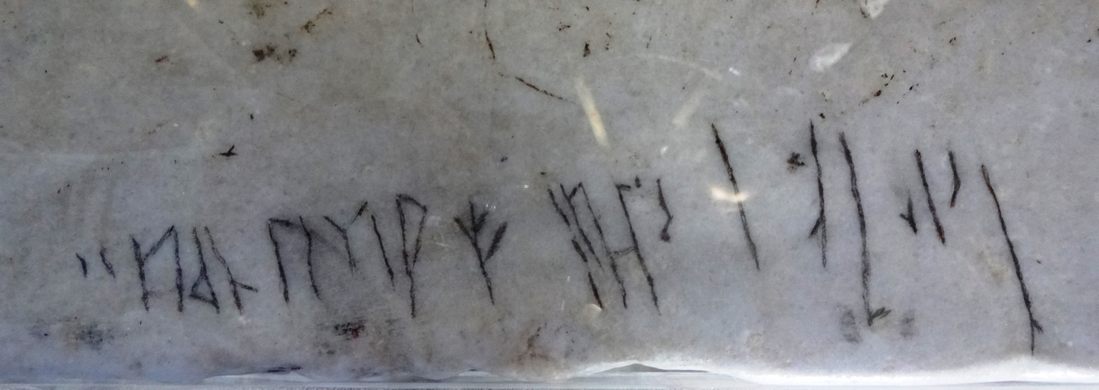
Byzantium and Bagdad
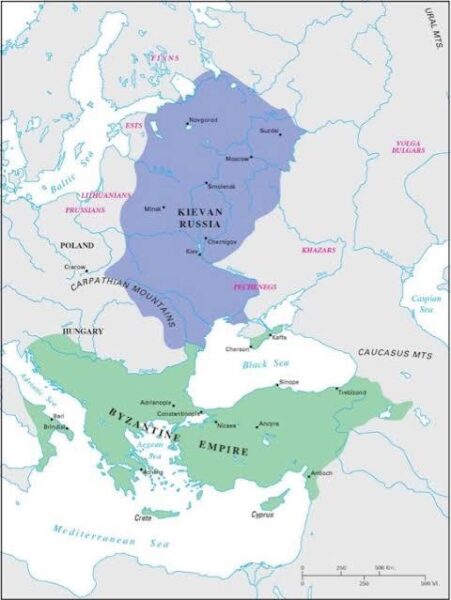
The world’s wealthiest superpowers were Byzantium (the Eastern Roman Empire) and the Arab Caliphate in Bagdad in Viking times. The route to the riches in the east ran through eastern Europe and along the Russian rivers – the Dnieper and the Volga. Thanks to extensive excavations and international research collaborations during the past two decades, new light has been shed on the Vikings’ travels eastward and their settlements. The exhibition follows the Vikings’ journeys which brought them into contact with worlds and cultures very foreign to their own: From the various peoples of the present-day Baltic area, Ukraine and Russia, all the way to Byzantium and the Caliphate.
Previously, it was thought that locally settled people with no appreciable contacts with the West founded Russia’s old towns. In contrast, we know now that the early settlements were primarily turned into vibrant trading posts and later cities by emigrating Vikings. Probably as much as 10% of the populations of these old eastern towns were Scandinavians, and they left their mark across a vast geographical area. Scientific investigations, such as DNA and strontium analyses, also contribute critical new data on migration and mobility.
“We have been given access to the latest information about the Vikings’ travels across the Baltic Sea, and we have looked forward to presenting this extensive new knowledge about their cultural encounters and the resulting changes in themselves and their surroundings in this new exhibition,” says archaeologist and exhibition content coordinator at Moesgaard Museum, Pauline Asingh.
Trade with the Caliphate and Byzantium
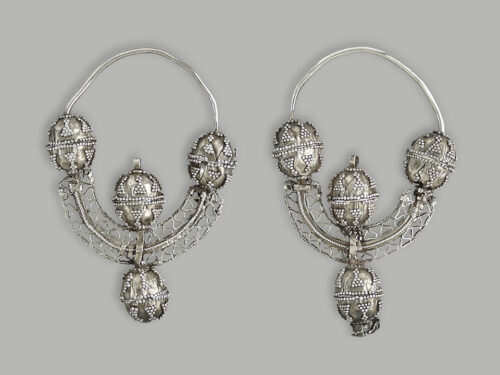 The special exhibition will take visitors on a scenic journey back to the period between AD 800-1050 when the entire East European continent was “discovered” by the Rus Vikings bent on establishing colonies in foreign parts. The Vikings met trappers in the ice-cold North, Baltic and Slav peoples further south and the nomads of the southern steppes. They travelled to the Caliphate and encountered Arab merchants and trading towns: In Byzantium, they challenged the East Roman emperor, attacking Constantinople in AD 907. Later, many Rus Vikings served as the emperor’s bodyguard (the Varangians). This trade with the Caliphate and Byzantium was crucial to the Vikings’ travels and settlements. There was a battle for power and wealth, especially for Arabic silver. The strict control of the fur trade in the cold northern regions – organised from Ladoga and Novgorod – and, not least, the slave trade also contributed to the Vikings’ success in the east.
The special exhibition will take visitors on a scenic journey back to the period between AD 800-1050 when the entire East European continent was “discovered” by the Rus Vikings bent on establishing colonies in foreign parts. The Vikings met trappers in the ice-cold North, Baltic and Slav peoples further south and the nomads of the southern steppes. They travelled to the Caliphate and encountered Arab merchants and trading towns: In Byzantium, they challenged the East Roman emperor, attacking Constantinople in AD 907. Later, many Rus Vikings served as the emperor’s bodyguard (the Varangians). This trade with the Caliphate and Byzantium was crucial to the Vikings’ travels and settlements. There was a battle for power and wealth, especially for Arabic silver. The strict control of the fur trade in the cold northern regions – organised from Ladoga and Novgorod – and, not least, the slave trade also contributed to the Vikings’ success in the east.
Rus Vikings founded towns, long-distance trade stations and transit hubs and achieved a monopoly on trade via the Russian river systems. Meetings with the local tribes took place in a mixture of diplomacy and bloody conflict. Eventually, the Rus “Bands of Brothers” gained control over the tribal peoples and the trade agreements with the Caliphate and Byzantium. According to the chronicler Nestor ( and other sources, the power elite – The Kings of the Rus realm – were direct descendants of the Rus Viking Rurik who, in AD 862, was “invited” from southern Scandinavia to Russia at the behest of local tribes. Multiple generations, all descendants of Rurik – Igor, Svjatoslav, Vladimir the Great, Jaroslaw, and Vsevolod – gathered and seized power in the Rus realm. Gradually, a Viking and Slavic creolisation set in, leading to the formation of Russia proper. However, dynastic links between the Kyiv realm, mother of the Russian realm, and Scandinavia can be traced back to Prince Vladimir and King Harald Bluetooth in the 10th century AD through artistic and dynastic links, which continued to set its mark on the Kingdom of Denmark in the 12th century.
Fur, slaves and hoards of silver
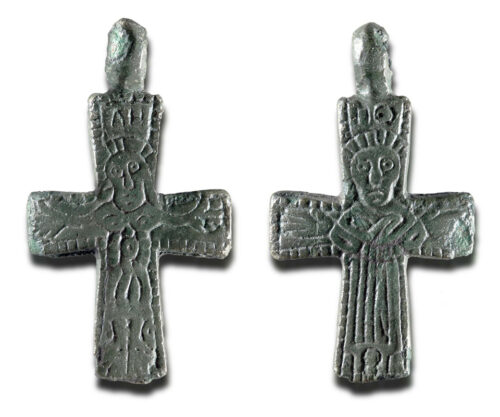
The trade in furs and slaves with the Caliphate brought the Vikings vast wealth. Thus, buried hoards of silver from the Caliphate trace a clear trail along the silver routes, the rivers Volga and Dnieper, to the Baltic and southern Scandinavia, where the largest slave markets were located. Some of these magnificent artefacts are on display in the exhibition. The basis of the exhibition narrative is, first and foremost, the testimony provided by these artefacts: They show that the Vikings made a massive cultural impression in Garðaríki, as the great realm was known.
In fact, more Scandinavian Viking Age artefacts have been found in eastern Europe than in western Europe. For the special exhibition at Moesgaard Museum, loans have been arranged from some of the princely graves from the Kyiv realm, magnificent silver treasures from the Arab Caliphate, but also weapons, ornaments and more everyday objects from minor collections. Museums in Ukraine, Poland, Latvia, Lithuania, Germany, Sweden, Finland, Norway and Denmark have all been contributing to the exhibition with generous loans. Significant today are the objects on loan from Ukraine. Perhaps, these precious artefacts will be what is left after the horrible destruction following in the path of Putin’s war.
Through collaboration via the Baltic museum network “Vikings in the Baltic – The Age of Innovation” and a Swedish research project “The Viking Phenomenon” involving researchers from Aarhus University, Moesgaard Museum has been given access to the most recent research results on the Viking Age’s cultural connections eastwards. The exhibition content is being developed in collaboration with Vejle Museerne, who are planning an exhibition about the Vikings in the east with a regional point of departure in the Jelling area (will open 07.04.2022)
The special exhibition RUS – Vikings in the east at Moesgaard Museum can be seen until September 11, 2022.
SOURCE:
Press realease from Moesgaard Museum
FEATURED PHOTO:
Exhibition in Moesgaard Viking in the East © Moesgaard/Due
VISIT:
RUS – Vikinger I Øst
Moesgaard Museum
10.01.2022 – 11.09.2022
CATALOGUE
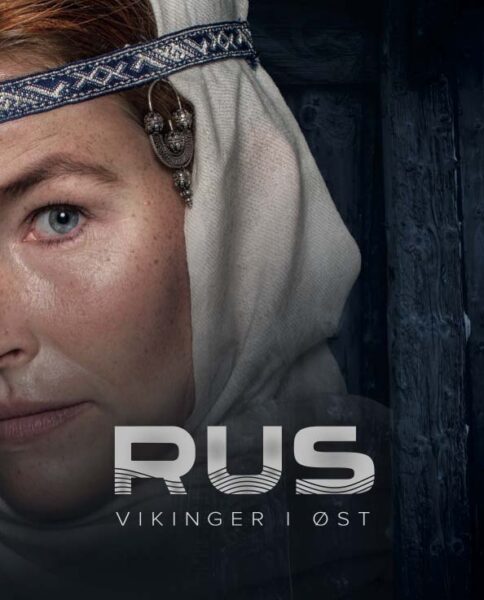
SEE MORE:
Hear head of exhibitions and achaeologist, Pauline Asingh, talk more about the new special exhibition (In Danish)
READ MORE:
